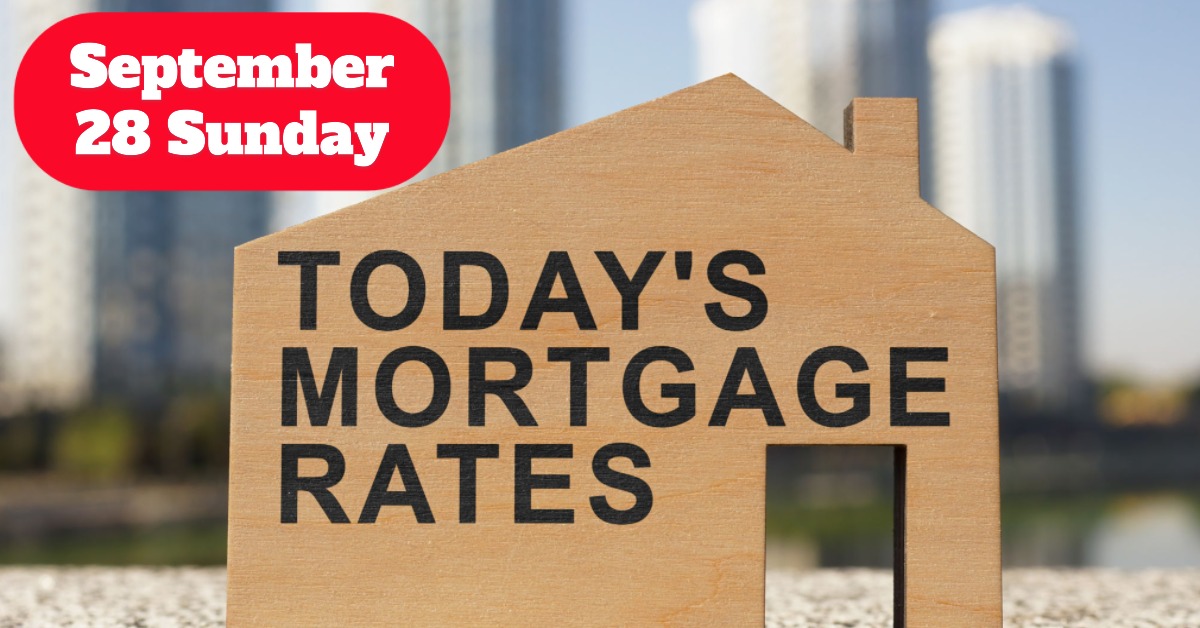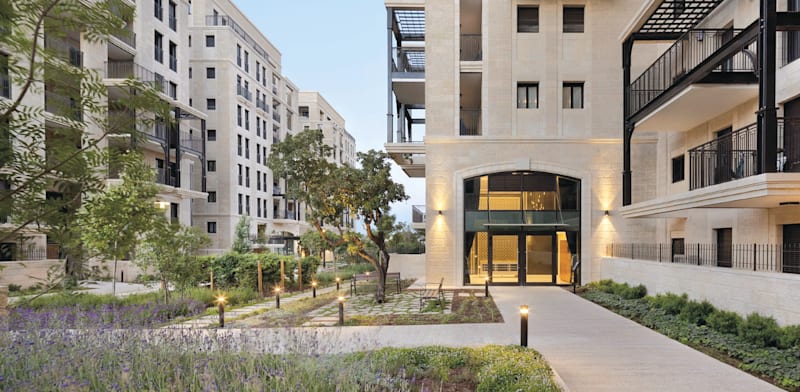M
ortgage rates on September 28, 2025 have climbed, with the average 30‑year fixed rate now at 6.67 %—a 20‑basis‑point jump from last week’s 6.47 %. The 15‑year fixed rate edged up to 5.76 %, and the 5‑year ARM rose to 7.23 %. Refinance rates show a mixed picture: the 30‑year fixed refinance rate fell slightly to 6.81 % but remains high, while the 5‑year ARM refinance rate increased to 7.41 %.
**Key Takeaways**
- 30‑year fixed: 6.67 % (+20 bps)
- 15‑year fixed: 5.76 % (+11 bps)
- 5‑year ARM: 7.23 % (+0 bps)
- 30‑year refinance: 6.81 % (‑21 bps)
- Fed cut aimed to ease borrowing, yet mortgage‑Treasury spreads keep rates elevated
- Forecasts suggest a possible dip below 6 % by 2026 if inflation eases and volatility subsides
- Inflation and Treasury yields continue to drive mortgage costs
- Affordability remains strained despite modest refinance relief
**Current Mortgage Landscape**
The week’s data, sourced from Zillow, shows a consistent upward trend across loan types, reflecting cautious sentiment amid economic uncertainty. Conventional rates have risen, especially the 30‑year fixed, signaling tighter conditions for new buyers. Government‑backed loans, such as FHA, exhibit notable volatility; the 30‑year FHA rate spiked by 1.56 % due to lender risk adjustments.
**Refinance Rates**
While many borrowers face higher refinancing costs than earlier in the year, the modest drop in the 30‑year fixed refinance rate suggests a potential shift toward more attractive refinancing options for those locked into rates above 6.5 %. The 5‑year ARM refinance rate’s slight increase indicates continued volatility in adjustable‑rate products.
**Fed Policy and Treasury Impact**
The Federal Reserve’s September 17, 2025 cut of 25 bps lowered the policy range from 4.25‑4.50 % to 4.00‑4.25 %. This move typically eases 10‑year Treasury yields, which in turn influence mortgage rates. However, the spread between mortgage rates and Treasury yields—over 2 points—remains wide, keeping mortgage rates higher than Treasury yields. As of September 26, the 10‑year Treasury yield stood at 4.176 %, with mortgage rates adding a risk premium above this level.
**Economic Context**
Core PCE inflation was 2.9 % YoY in August 2025, above the Fed’s 2 % target. Q2 2025 GDP grew 3.8 %, showing resilience despite some labor market softness. This inflation‑growth mix forces the Fed to tread carefully with future cuts to avoid reigniting price pressures.
**Forecasts for 2025‑2026**
| Source | 2025 End Rate | 2026 Forecast | Notes |
|--------|---------------|---------------|-------|
| NAR | 6.4 % | 6.1 % | Affordability hinge on rates |
| Realtor.com | 6.4 % | ~6 % | Slow easing amid volatility |
| Fannie Mae | 6.4 % | 5.9 % | Refinancing share up to 35 % in 2026 |
| MBA | 6.7 % | 6.5 % | Volatility expected, intermittent refinance |
The consensus points to a gradual decline in rates, but they will likely stay elevated in the near term, keeping affordability challenges for many.
**Spreads and Borrower Impact**
Mortgage rates include a spread over Treasury yields to cover borrower credit risk, prepayment risk, market volatility, and servicing costs. Normally 1‑1.5 percentage points, the spread has climbed over 2 points in 2025, limiting the impact of falling Treasury yields on mortgage rates. Borrowers may not see immediate large rate reductions even if Treasury yields decline.
**Effect on Monthly Payments**
A typical $350,000 loan illustrates the cost of a 20‑basis‑point rise:
- 30‑year fixed at 6.67 % → $2,236/month (vs. $2,214 at 6.47 %)
- 15‑year fixed at 5.76 % → $2,863/month (vs. $2,858 at 5.74 %)
The 30‑year increase adds roughly $22/month, or $264/year, a significant burden for tight budgets.
**Housing Market Outlook**
Higher rates dampen demand, keeping some buyers on the sidelines. Homeowners with low rates may hold off selling, tightening inventory. Sellers face fewer buyers but still contend with price pressure in constrained markets. The recent Fed cut and projected rate easing in 2026 suggest gradual relief, contingent on inflation easing and spread narrowing.
**Investment Considerations**
With rates expected to stay high in 2025, strategic real‑estate investments that generate passive income and offer stability become more attractive. Turnkey rental properties in resilient markets can build steady cash flow and protect wealth from borrowing‑cost volatility.
For more details on current rates, forecasts, and investment opportunities, contact a Norada investment counselor at (800) 611‑3060.















